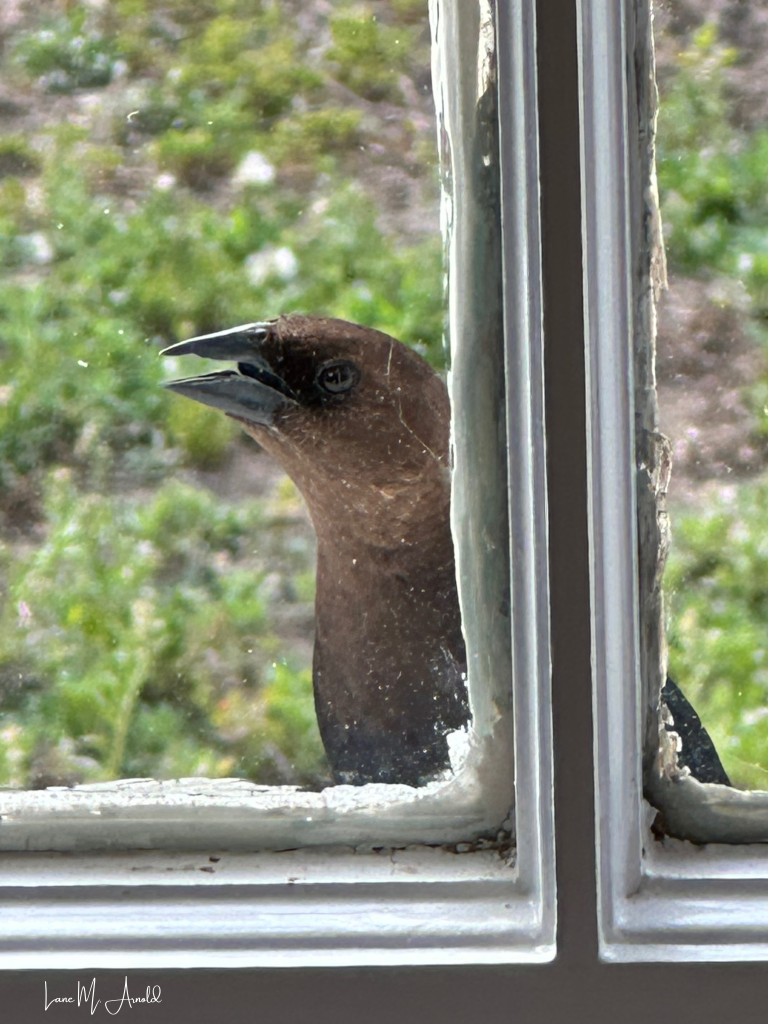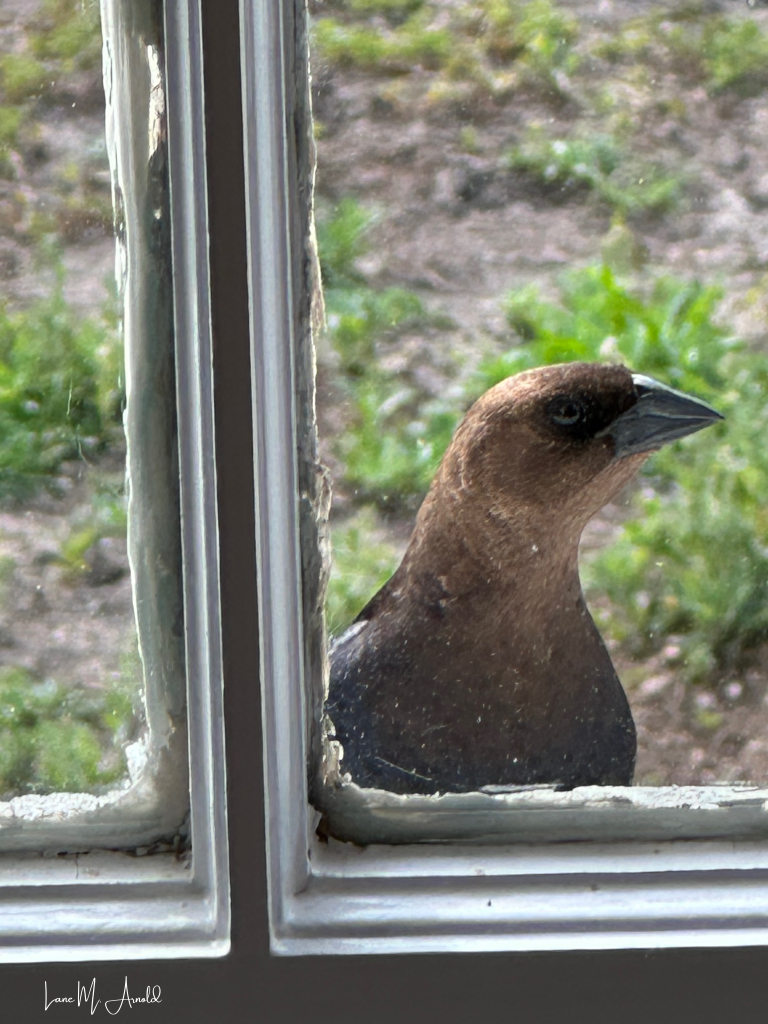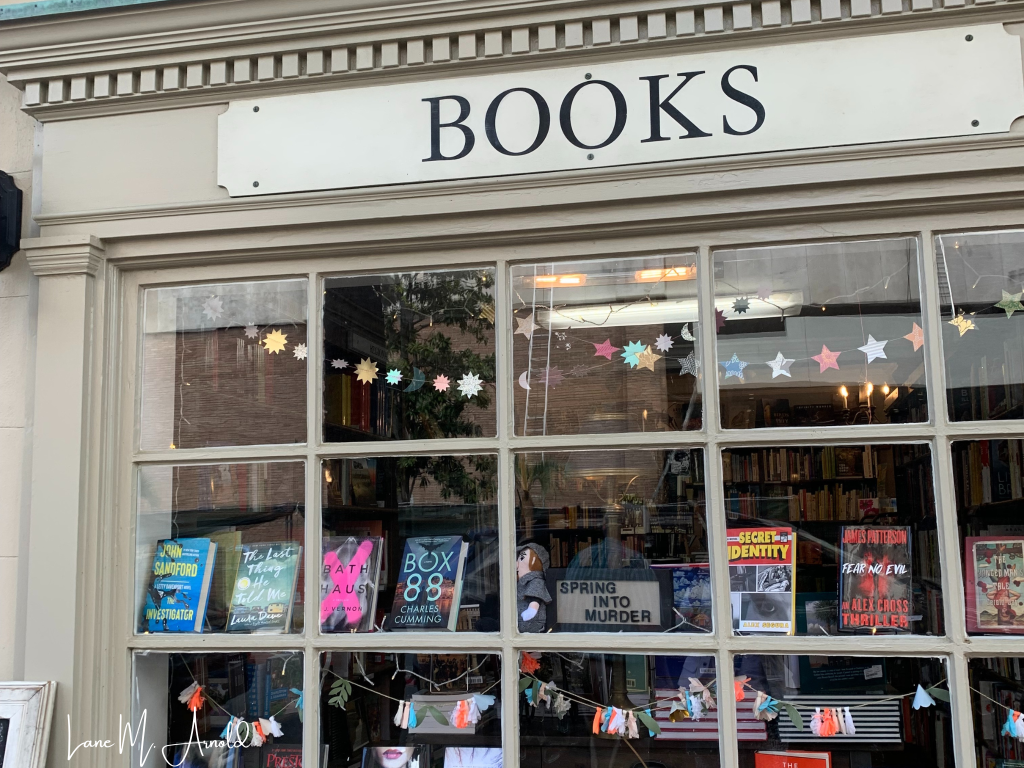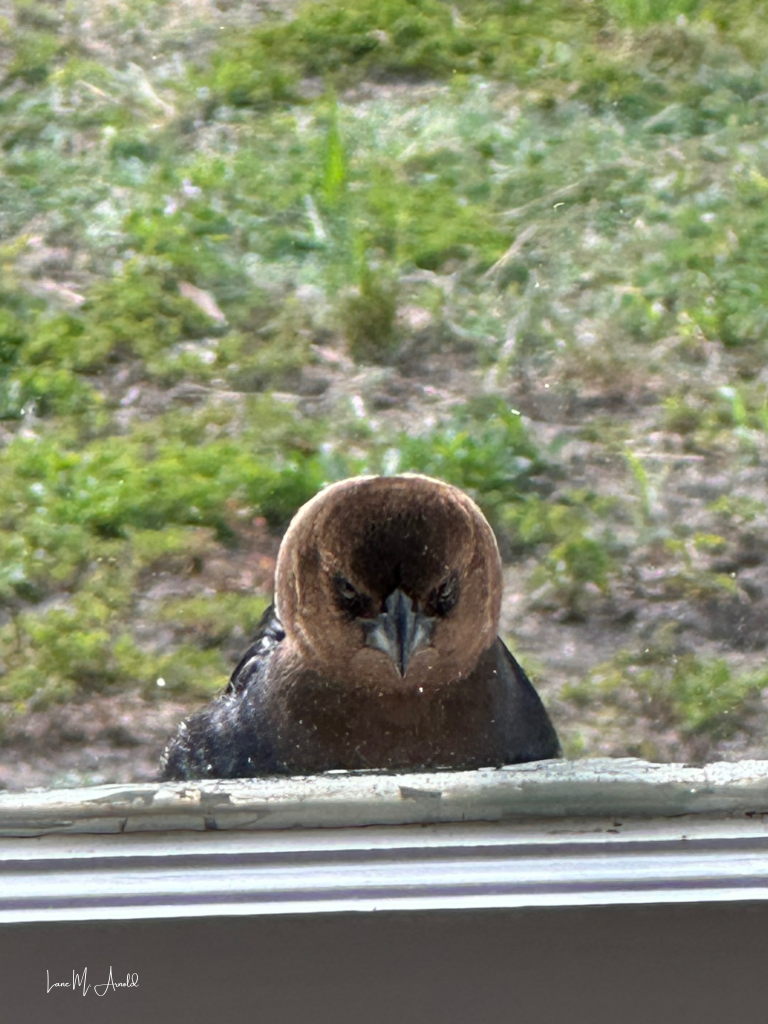I spent three days in May attending an online Editors Conference. Workshops and keynote speakers fascinated and educated freelance editors. I pondered editorial possibilities for the writers I serve. As an editor, I care about words and the writers who write them. I pay attention to the teeny tiny details and the big picture. Yes, editors take an interest in grammar and punctuation rules, which may make you recall your high school English teacher and her swift red pen. However, it’s not just the commas and verb tense that matter. I also provide support concerning the depth and wonder of a work of words, whether a poem, a screenplay, an essay, a devotional, a novel, or a nonfiction manuscript.
What Editors Really Do: Partners, Not Perfectionists
Editors make short work of long ramblings by writers, yet we are not out to control the outcome of the work in progress. We pay attention to your needs and those of your future readers. The goal of editing is to help readers track well with the words on the page and to help writers grow in their skills. Editors may be employed by a publishing house or work freelance, as I do. Either way, an editor’s perspective helps shape your perspective, which shapes your manuscript. Joy comes as we watch goodness happen. We revise and refine so what’s created accurately reflects the writer’s intentions and invites the reader to keep reading.
A Creative Dance Between Writer and Editor
A dance happens between writers and editors. Editors pose questions. Writers, in response, reconsider their creative endeavor and revise rough drafts. Good editors catch the writer’s vision, desire to nurture it, and do so by tossing ideas back and forth. With new insights, good writers listen and then discern what’s best so their voice will be heard and made clear in the work. A relationship of trust and respect for each other’s expertise adds to the flavor of works-in-progress. Many editors are writers; all editors are readers, often the first reader of a manuscript.
Writers entrust their words and their hearts in vulnerable ways to editors. That shows up in our conversations about creative endeavors. Editors, though, are not therapists, yet we attend to deep longings writers express and encourage leaps of faith via encouragement and perspective.
Mr. Befuddled and the Mirror of Perspective
Here in the coastal climate on the eastern edge of Georgia, as spring moves into summer, we watch birds seek mates, build nests, and raise their young. From the perch of the dogwood tree out front, a mockingbird busily gathers twigs and Spanish moss for her nest housed in the towering holly bush. Her determination continues, rain or shine.
Out in the backyard, one cowbird appears every dawn on the brick windowsill. Outside our kitchen eating area windows, he struts up and down in the cool of the day. Catching a glimpse of himself, he pecks at the reflection. Then riled up, he chirps, a warning of sorts to the one he sees as his opposition.
Our windows endure the tap, tap, tap of Mr. Befuddled, this feathered king of his imagination. When the competitor, who is simply himself, doesn’t retreat, this jaunty fellow mantles. He ruffles dark brown head feathers to almost twice their size. He hunches his black-and-brown wings above his head, a threat to his supposed competition. He’s fierce. He’s persistent. He’s confused. When he gets no response at the kitchen windows, he flutters a few feet south. At the see-through birdfeeder attached to our sunroom windows, he tries again. Then continues to the nearby bathroom window and the double set of bedroom windows.
Writers Need Mirrors Too: The Role of Editorial Insight
When he first showed up, I couldn’t quite place what was happening as the constant din occurred with such voracity. I could hear this tinny hammering as I sat at my computer, the length of two rooms and a hall away. When it registered that something was amiss, I searched for my husband. Whatever was he up to that was creating such a racket?
When the grandchildren stop by, curiosity sends them to find our feathered noisemaker. They move from the kitchen to the sunroom, eager to find the bird who cannot see himself accurately. “He’s crazy, Gran. If only he could hear and understand us,” they say. “We could help him see what he’s not seeing.”
That’s what an editor can do for a writer: help them see what they do not see. Our Mr. Befuddled needs an editor. In a sense, don’t all of us need an editor for everyday life? Isn’t this a familiar situation, whether we are writers or going about everyday tasks? We cannot see what is right in front of us. We cannot see what we portray. We don’t fully comprehend what our lack of perspective means. Spiritual direction, another field where I work, echoes this same phenomenon. We need the eyes of another to help us view ourselves accurately, and to notice the interior movements of body, mind, and soul in relationship to life with God in His Kingdom.
Different Types of Editing: Which One Do You Need?
Editors come alongside to help writers see from a different angle. Writers, having done the hard work of a first rough draft, feel relief that the long task of getting words down on the page is done. Yet, the work has only just begun.
As an editor, I offer a variety of types of editorial services. Which one is needed at what point for the writer? What kind of editor a writer needs depends on their focus and the stage of the manuscript. To muddy the waters a bit more, though there are generally accepted perspectives as to the main types of edits available, it’s vital to ask an editor their definition of the edits they offer.
So, what options do writers have for editorial services? Many exist. Developmental Edits and Manuscript Edits overlap. Both of these look at the whole manuscript to see how it works together. Copy Edits, Line Edits, and Proofreads get down to the finer points of the work.
The Inverted Triangle of Editing: From Broad to Detailed
Think of an inverted triangle, broad at the top, narrow at the bottom edge. Developmental Edits start from the widest perspective. What’s the structure of the book and its content? Does it hang together well? What’s the story being told? What’s the theme being explored? Editors may offer developmental edits or manuscript edits to provide wisdom on the big arc of the story and theme. The whole is considered, and the plot or content connectivity within chapters becomes the focal point. Some editors call this content or substantive editing.
It’s big picture editing to refine and shape scenes, characters, or ideas. When I do this type of editing, I read the manuscript, mark and annotate suggested changes right in the manuscript by using Track Changes in Microsoft Word, then create an editorial letter that sums up strengths and weaknesses. It’s like the trainer at the gym giving a full assessment of what needs addressing for the health of my body, then offering me a set of options on how to accomplish those possibilities.
After a developmental edit, the writer returns to the manuscript to revise. They shore up plots and characterizations in fiction or arguments and flow of information within a nonfiction book-in-progress.
As the triangle narrows, editors perform copy and line edits. Imagine these as using sandpaper on a piece of wood that has already been shaped. It’s a refinement of one kind. Copyeditors consider the interplay of paragraphs and sentences, how the mechanics work well together or against each project. In this type of work, my copyedit work does not change your style; rather, I ask questions and offer suggestions that ensure you stay clear and consistent with your proposed nonfiction thesis or your character’s personality, and such. Line Edits get down to the nitty-gritty at the sentence level, seeing how grammar, clarity, dialogue, and such can create strong sentences.
Proofreading, which I do not offer, happens as the last pass before publication, after the book is ready to roll onto the press, so to speak.
Editorial Joy: From Draft to Delight
Freelance editors play a significant role in helping writers prepare if they desire to acquire an agent. Editors collaborate with writers to attend to the manuscript so it’s at its best and strongest possible state.
The work of an editor like me isn’t just because I’m nerdy about how words work, how sentences grow, or how chapters create manuscripts. Editorial work is about joy: the joy of taking the rough draft and revising it to its best self. As a writer, you have a dream you’ve pursued. You want your reader to grasp the ideas and the story and find joy in their discovery. As an editor, I help you, the writer, steward your dream well through your gift with words. You revise and revise and revise because you want your words to be offered into the wide world and bring forth wonder. You want to share a good story or a good concept that will encourage and inspire others.
We All Need Editors: Seeing Clearly, Living Fully
Editors accompany writers at every stage of the journey, from first idea to last punctuation mark. Just as cars come with rearview mirrors and sideview mirrors to help drivers assess their place in traffic, editors show what’s been happening and what’s surprising in your blind spot. I can help you accurately see. There’s joy alongside the hard work of revision.
I hear Mr. Befuddled as I step into the kitchen for my afternoon cup of Earl Grey tea. I wish I could help the cowbird edit his thoughts and perspective. I imagine he is in search of a place to belong and bring forth goodness in the world in his birdlike way. Yet he is stuck. He’s only roaming up and down our brick windowsills, no mate in sight, no nest to build, no little ones to watch grow, no way to be his best self yet.
What joy there is when we see with clarity. When we grasp the reality of what is going on, we can choose to get unstuck. Once we do that, whether on the page or in everyday life, we can choose how to become better at stewarding our gifts from God. Being fully alive to all God has given us so we can turn and offer its goodness to another has a name. It’s called joy.
Editing Resources
Everyone has a different interpretation of what kinds of edits mean.
-
- Amanda Cleary looks at four editing types.
- Tiffany Hawk considers six editing types.
- Jane Friedman offers wisdom for defining types of edits and finding what you need as you work with editors. She also offers real guidance on surviving the editing process.
- Jerry Jenkins offers insight on self-editing.
- Jennie Nash shares her experiences with editing and the “right headspace” to be in for the process.







